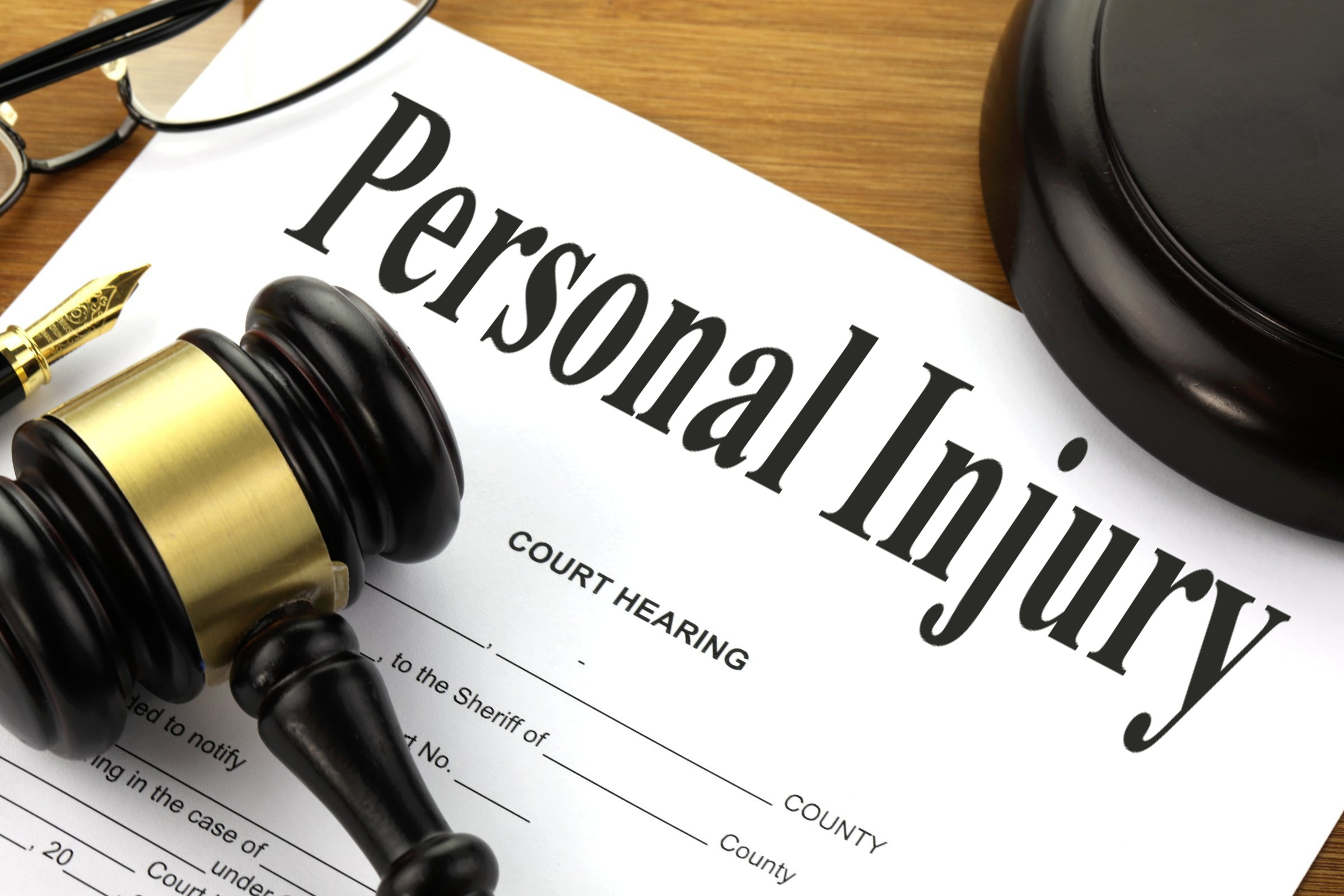Personal injury claims arise when you have been injured because another party acted in a way that was negligent or careless, and this behavior resulted in harm to you.
Such claims are common, yet a small percentage of them actually go to trial. If you find yourself filing a claim, get a good personal injury lawyer and start gathering evidence.

Most personal injury claim cases are won or lost based on the amount and quality of the evidence that each party is able to present to the court to defend their position. The days immediately following the accident are important – you’ll want to make sure you have these types of evidence ready to show.
Physical Evidence
Oftentimes there is physical evidence of the altercation or incident that has caused you injury. This is something you can see or touch, as opposed to a description of what happened.
This could be a dent in a car showing it was hit, a broken stair that caused someone to trip, a piece of torn clothing.
Remember to preserve this evidence as close to exactly as it was at the time of the accident by keeping it in a safe place where any outside elements cannot change how it appears.
Photographic Evidence
If you don’t have physical evidence, the next best thing is photographs. Take photos from different angles so you are capturing the full picture, and even consider taking a video if it showcases the evidence in the most comprehensive way.
Again, do this immediately as the photos will accurately represent the condition of the evidence right after the accident. You should also print out or process the photos right away and ensure the date is indicated on the back of the prints, on your receipt, or on the digital file to show when it was taken.
Scene Evidence
When an accident takes place the evidence is often within the scene location or part of the accident itself. This can be broken window glass or skid marks from a car accident, or even debris on the road.
Be sure to record this evidence via photograph or video.
Injury Documentation
Much of the evidence that supports a case comes in the form of documents. This could encompass medical data, bills, incident reports, statements, and even forms of insurance.
If a professional entity is involved, documentation like police reports and hospital bills will carry a lot of weight.
Witness Testimony
Having a witness from the scene of the accident present will help corroborate evidence being presented by a plaintiff seeking compensation.
The witness should be able to describe the incident in detail. They can do so on video or audio recording, or write out their testimony on paper.
Almost anyone that has a connection to the case through a presence at the scene of the accident may help through testimony.
Proof of Negligence
Through all this, the main thing you want to prove is that the other party was negligent. They had a “duty of care,” which means they were expected to act with a certain degree of responsibility under the circumstances. Your evidence should prove they did not act in this way.
